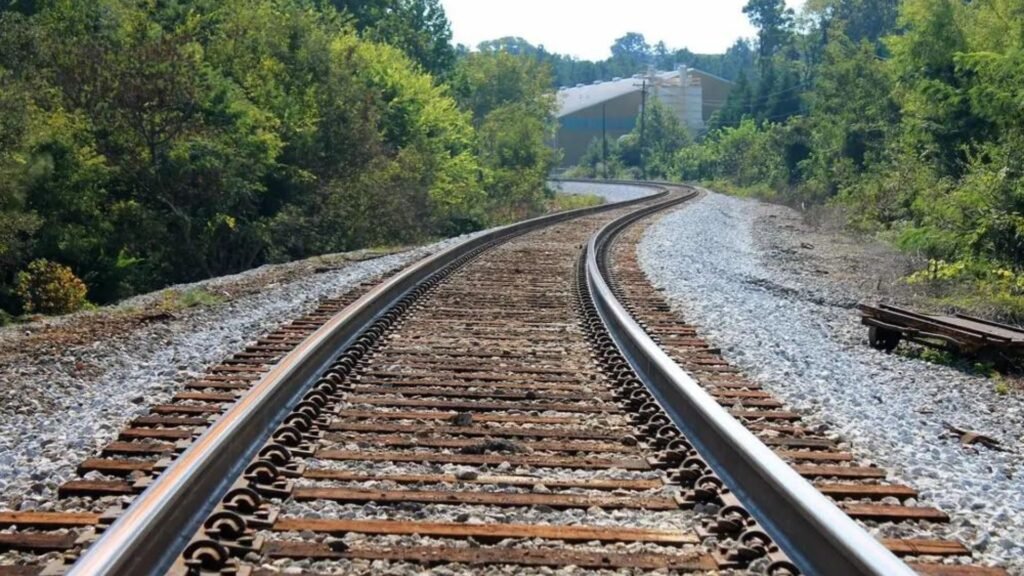When it comes to railroad track design, getting it right is crucial for safety, efficiency, and performance. Designing railroad tracks involves several important considerations to ensure that trains can operate smoothly and safely. Let’s explore the best methods for railroad track design that can help achieve these goals.
Understand the Basics of Railroad Track Design
The foundation of good railroad track design starts with understanding its core elements. Railroad track design involves planning the layout, choosing the right materials, and ensuring the track can handle the load and speed of trains. Key components include the rails, ties, ballast, and subgrade. Each of these elements plays a role in supporting the trains and ensuring a smooth ride.

Choose the Right Materials
Selecting the right materials is essential for effective railroad track design. Rails should be made from high-quality steel that can withstand heavy loads and resist wear. Concrete or wooden ties provide support for the rails, and the choice between them depends on factors like cost and maintenance. Ballast, typically made from crushed stone, helps stabilize the track and ensure proper drainage.
Optimize Track Geometry
Track geometry is a critical aspect of railroad track design. This includes the alignment, curvature, and gradient of the track. Straight tracks are ideal for high-speed travel, while curves must be designed with appropriate radii to ensure smooth navigation and reduce wear on the trains. Proper grading helps with drainage and prevents water from accumulating under the track.
Incorporate Advanced Track Design Technologies
Modern technology has revolutionized railroad track design. Advanced software and simulation tools allow engineers to create precise designs and test them under various conditions. Technologies like 3D modeling and Geographic Information Systems (GIS) help in planning and visualizing the track layout before construction begins.
Ensure Proper Drainage
Effective drainage is crucial for maintaining railroad track integrity. Proper drainage systems prevent water from pooling around the track, which can cause erosion and instability. Designing effective drainage solutions, such as ditches and culverts, helps to keep the track bed dry and in good condition.
Implement Track Maintenance Programs
A well-designed track requires regular maintenance to ensure it remains in optimal condition. Track maintenance programs involve inspecting and repairing the track regularly to address issues like wear and tear or misalignment. Implementing a proactive maintenance schedule helps prevent accidents and prolongs the life of the track.
Consider Load and Speed Requirements
When designing railroad tracks, it’s important to consider the types of trains that will use them. Heavy freight trains and high-speed passenger trains have different requirements. Tracks must be designed to handle the specific loads and speeds of the trains to ensure safety and efficiency.
Integrate Safety Features
Safety is a top priority in railroad track design. Incorporating safety features such as signaling systems, trackside warning devices, and automated train control systems can help prevent accidents and ensure smooth operations. Safety features should be integrated into the design to enhance overall track performance.
Focus on Environmental Impact
Environmental considerations are increasingly important in railroad track design. Sustainable practices, such as using eco-friendly materials and minimizing disruption to local wildlife, are essential. Designing tracks with environmental impact in mind helps in creating more sustainable and socially responsible rail systems.
Plan for Future Expansion
Railroad track design should also consider future needs. Planning for potential expansions or upgrades ensures that the track can accommodate growth and changes in traffic patterns. Designing with flexibility in mind helps in adapting to future demands without major overhauls.
Evaluate Costs and Budget
Cost is a significant factor in railroad track design. It’s important to balance quality and budget to ensure that the track is both durable and cost-effective. Conducting a thorough cost analysis helps in making informed decisions about materials, construction methods, and long-term maintenance.
Collaborate with Experts
Collaborating with experts in railroad engineering and construction can greatly benefit the design process. Their experience and knowledge can provide valuable insights and ensure that the design meets industry standards and regulations. Working with a team of experts helps in creating a well-rounded and effective track design.
Test and Validate Designs
Before finalizing the design, it’s important to test and validate it under real-world conditions. Conducting simulations and field tests helps in identifying any potential issues and making necessary adjustments. Testing ensures that the track design performs as expected and meets all safety and performance standards.
Implement Effective Project Management
Effective project management is crucial for successful railroad track design and construction. This involves coordinating with various stakeholders, managing resources, and ensuring that the project stays on schedule and within budget. Good project management practices help in achieving a smooth and efficient track design process.
Maintain Compliance with Regulations
Adhering to regulations and industry standards is essential for railroad track design. Compliance ensures that the design meets safety and quality requirements and avoids legal issues. Staying updated on regulations and incorporating them into the design helps in maintaining high standards and ensuring safety.
Conclusion
Railroad track design involves a combination of choosing the right materials, optimizing track geometry, and incorporating advanced technologies. By focusing on these best practices, such as effective drainage, safety features, and future planning, you can create a track that is safe, efficient, and durable. Collaborating with experts and maintaining compliance with regulations further ensures the success of the project. With these methods, you’ll be well on your way to designing high-quality railroad tracks.



